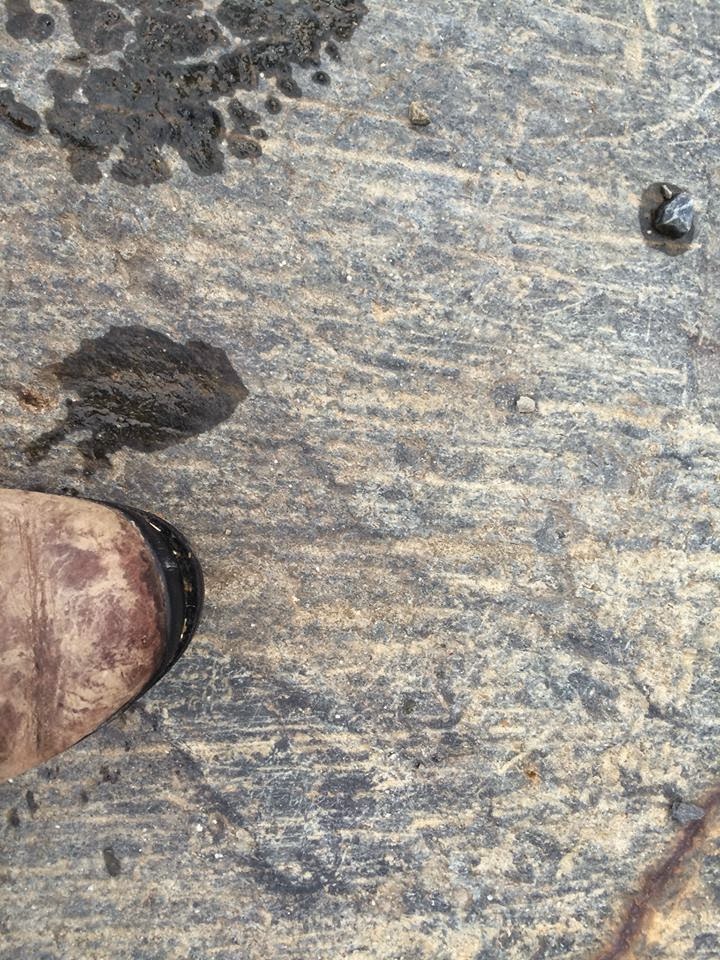My first port of call was Henco and Maaike. As I had been delayed for two hours I got there late, and could not stay long, as I wanted to get to my mother with a bit of time to spare. The next day I would spend with my sister and her family. My niece was happy to see me and gave me a spiffing drawing of a Christmas Tree. My nephews were rather busy pushing and shoving each other. Christmas holiday boredom, boy style! The evening there would be a veritable Saher-evening; we would team up with two cousins for dinner. The previous year we had done something similar, but then with only one cousin, as the other one had been too busy. That had been good, but with four it was better!
My Xmas decoration for this year!
Cousin dinner!
The next day I would see Roelof, but he had to work, so that was a 5PM thing. A chance for a longish run! And my sister lives right next to some of the loveliest nature reserves in the Netherlands, so all was perfect for the occasion. Except for the weather. And aggressive dogs. But it was beautiful! I got back drenched.
The previous evening my sister had suggested I would come rowing with her. I'd rowed for a short while as a teenager; maybe I still knew how it was done. And I had stopped as I thought it was not quite up my street; it's all control and discipline and such things, and I'm just more into brainless power. I like kayaking; not as efficient, but you don't have to think about how you propel yourself, you look where you're going, and you have brain cells left for enjoying what you do. When you row, you have to think so hard (if you're a beginner, that is) you can only row, and that's it. But as an exception I was happy to come along! I figured it would be more rain, so I borrowed a dry shirt but left the rest on.
You don't have a boat in the water in a minute. A lot of faffing needs to happen before you get to that stage! And I was still rather wet; I was very cold. I was really happy we could leave at some point. As soon as we were gaining some speed I got warm again. Fortunately. And I pulled it off! But it was rather mentally tiring.
Rowing with my sister
Then it was time to go to Amsterdam. It would this time be only Roelof, Micha and me. Not busy but quite nice! I had been sleeping in strange beds again, of course, and I was tired. It was great to see them and catch up. Roelof was having all sorts of thoughts on his career! And Micha interrogated me about love. A difficult topic.
The next day I was back in the realm of shoving nephews; I would visit my father, but so would my sister with her entire family. It would be a boisterous day. I didn't get to talk with my parents that much. But maybe they'll come visit in the new year!
The patchy city wall of Harderwijk, with some relatives walking past
A monument to commemorate the numerous British bombers that were shot down in this region during WWII
Some Amersfoort lake I knew nothing of but came across during my run
The front of my old school; there was building work going on there. What would happen to it?
The last day would be exciting; like the cousin dinner, another nascent tradition, started last year. I would have coffee with Floor. The year before, I had barely been able to eat for a week. It would be interesting to see if I would somehow cope better. And I did! He still is like a 16 Tesla magnet to me, but I managed without physical damage. A good thing; I still have two years left on my contract so for two years I know I'll have to put him out of my head. And by the end of these two years it's a lot more likely that Floor has a new girlfriend than that I will be able to find a job in the Netherlands. The situation there is dire! But one can dream.
The wintery view from my mother's windows the next morning
Beautiful wintery Amersfoort
An alley leading onto the Hof, the main square
I recovered with my old friend Monique. That's always a good idea! She might visit me in the new year too. But now we ended up at her place; that always means lots of affection from non-human mammals. One can't have enough of that. But then time was up. Time to go back to the airport. This time I would not be delayed. And I could look back on quite some family interaction. And some reconnecting with friends. And some useful knowledge on evolution. And I could look forward to eating Dutch style; I, of course, had lots of cheese in my bag. And nasi spice mix. And a survival package from my dad. I might organise another Dutch night...
.jpg)

.jpg)
.jpg)
.jpg)
.jpg)
.jpg)
.jpg)
.jpg)
.jpg)























